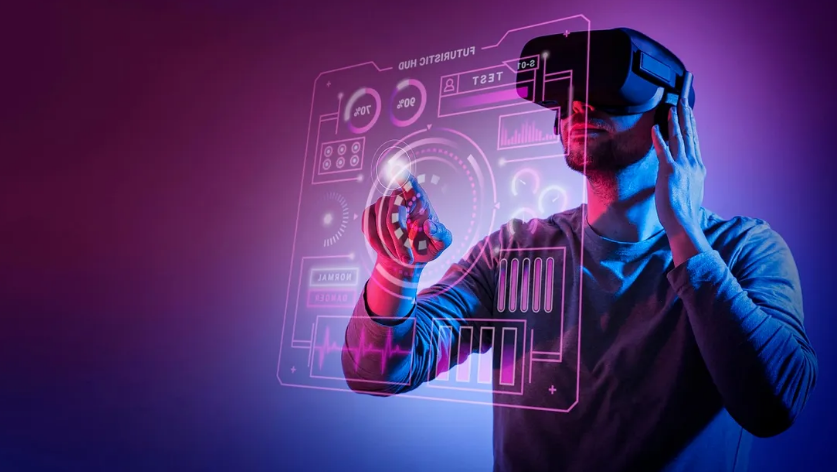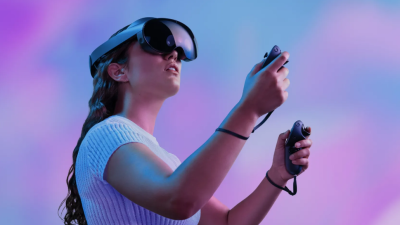Augmented reality has transformed from science fiction to everyday technology faster than most people realize. The ability to overlay digital information onto our physical world opens doors to incredible possibilities in gaming, healthcare, education, and retail.
But this remarkable technology comes with serious privacy and security concerns that many users overlook.
When you launch an AR application, you’re essentially giving it permission to scan and analyze your surroundings. This creates privacy vulnerabilities unlike anything we’ve seen with previous technologies.
Data Collection: More Invasive Than Ever Before
AR applications don’t just collect data about what you click or type. They gather information about your physical space, movements, and sometimes even your biometric responses.
This data collection happens continuously while you use the application. Your home layout, office setup, and daily movements all become data points that companies can potentially store, analyze, and monetize.
According to a recent report by the Electronic Frontier Foundation, most users remain unaware of just how much information AR devices capture during normal use.
Location Privacy Concerns
Traditional apps might track your general location, but AR applications need precise positioning data to function properly. This creates a much more detailed picture of your movements and habits.
When AR applications track your exact position within centimeters, they can determine not just which building you’re in, but which room, which corner, and how long you stay there.
This precision tracking raises serious questions about user privacy in both public and private spaces.
Visual Data and Surveillance
AR devices typically use cameras to understand the world around you. These cameras don’t just help the application function – they potentially record everything you see.
The data captured might include:
- The faces of people around you
- Private documents on your desk
- Security features of your home or office
- Confidential information on screens or papers
As AR researcher Sarah Miller notes, “AR devices effectively turn users into walking surveillance cameras, often without proper consent from those being recorded.”
Securing Your Digital Overlay
AR applications create new attack surfaces for cybercriminals. When digital content overlays your physical world, security vulnerabilities can lead to uniquely dangerous situations.
For example, hackers could potentially:
- Manipulate navigation guidance to lead users into unsafe areas
- Display misleading information over important real-world objects
- Create disorienting visual effects that could cause physical harm
Visit our homepage for additional insights on maintaining digital safety while using augmented reality technology.
Identity Protection in an AR World
As AR applications become more sophisticated, many now incorporate facial recognition and identity verification features. This creates new concerns about how biometric data is stored and protected.
Your face becomes your password in many AR systems, making the security of this biometric data critically important. Once compromised, you can’t simply change your face like you would a password.
Legal Framework Struggling to Keep Pace
The regulatory environment for AR technology remains underdeveloped in most regions. Laws designed for earlier technologies often fail to address the unique challenges presented by augmented reality.
The International Association of Privacy Professionals has highlighted significant gaps in current legislation regarding AR data collection and usage.
These legal gray areas mean users often lack clear recourse when their privacy is violated through AR applications.
Protecting Yourself While Enjoying AR
Despite these challenges, augmented reality remains an exciting technology with tremendous potential for positive impact. The key is approaching it with awareness and taking steps to protect yourself.
Consider reviewing privacy policies before using AR applications. Look specifically for information about what data is collected, how long it’s stored, and whether it’s shared with third parties.
Whenever possible, choose applications that offer granular permission controls, allowing you to limit what sensors and data the app can access.
Many AR devices now include physical privacy features, such as camera covers or indicator lights. These simple features can give you more control over when your device is actively sensing your environment.
Moving Forward Responsibly
The future of augmented reality depends on balancing innovation with responsible privacy practices. As consumers become more aware of these issues, developers face increasing pressure to build privacy protections directly into their applications.
The conversation about AR privacy and security isn’t about stopping progress – it’s about ensuring this powerful technology develops in ways that respect fundamental human rights to privacy and security.
By staying informed and demanding better practices from AR developers, we can help shape a future where augmented reality enhances our lives without compromising our privacy.





